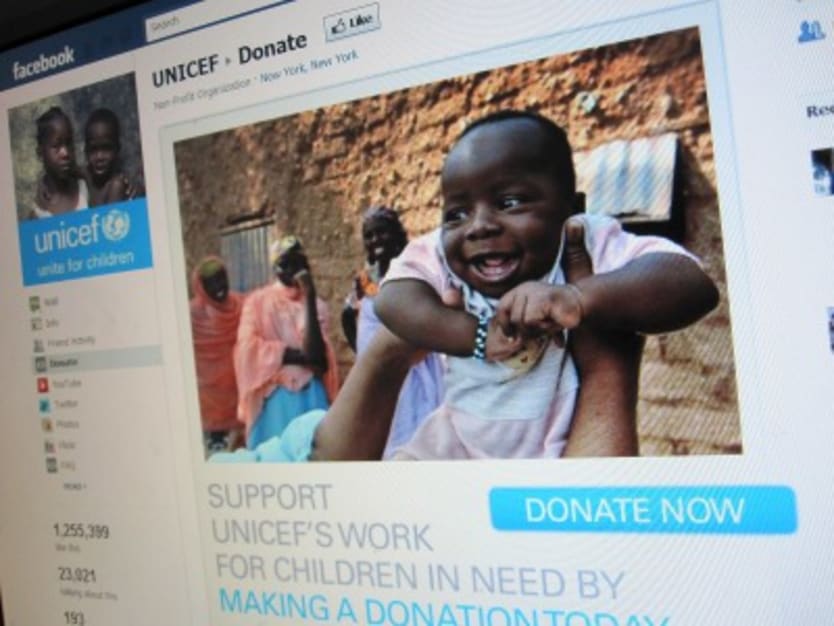
Social media has certainly taken root in international development. All major organizations in the sector have either Facebook or Twitter accounts, if not both, including some of the most bureaucratic and traditional donor agencies.
Many donor organizations have had Twitter profiles since 2009, while others just recently joined the social media fray. For instance, the Federal Ministry for Economic Cooperation and Development, or BMZ, only set up its Twitter and Facebook pages in August 2011. Both pages are in German.
In a press release, BMZ stated it plans to use social media channels to draw input from the German public about the country’s new development cooperation policy the ministry released in the same month.
“The issues my ministry deals with concern everyone, and we take our claim to be transparent and seek people’s participation seriously,” German Federal Minister for Economic Cooperation and Development Dirk Niebel said. “That is why we want to present our work to the public in a way that is fast and appealing and gives an authentic view of what we do. We look forward to discussing our work with anyone who is interested!”
BMZ’s intention reflects the trend among other donors. The U.S. Agency for International Development and the World Bank are very active in using social media to seek feedback and inform the public about their activities, including new partnerships and successes of their programs, through Facebook and Twitter.
Both USAID and the World Bank are among the most popular donor agencies on social media, based on our research. Specifically, USAID is the only bilateral agency and the World Bank is the sole international financing institution that made our roster of top donors on Facebook and Twitter. The Bill & Melinda Gates Foundation as well as several U.N. agencies - including UNICEF, the Office of the U.N. High Commissioner for Refugees, United Nations Development Program and the World Food Program (which often act more as implementers and policymakers) - are also in both lists.
Here’s the full ranking:
As of Oct. 27, 2011
As seen from the rankings, UNICEF and UNHCR are hundreds of thousands of followers ahead of their peers. Their popularity can be explained simply by examining their Facebook and Twitter pages.
Facebook denizens generally love photos that tell stories. UNICEF’s Facebook wall is filled with such images, typically featuring children the agency is helping and including succinct but poignant descriptions of their plight. These pictures usually garner a lot of comments and prompt multiple shares.
Over at UNHCR’s Twitter channel, the U.N. agency is not only consistently providing updates about its activities but also eagerly engages its followers in conversations by responding to questions or comments and thanking them for retweets.
Both agencies also have dedicated people and are allocating resources for social media management. Melissa Fleming, UNHCR’s spokesperson, told Devex she “is personally pushing a social media strategy,” including investing in human resources to manage social media engagement. In our conversation with the chief of the youth section at UNICEF’s communication division, Gerrit Beger indicates a multipronged strategy the U.N. agency is pursuing to maximize the use of social media in strengthening its relationship with supporters and child rights stakeholders.








